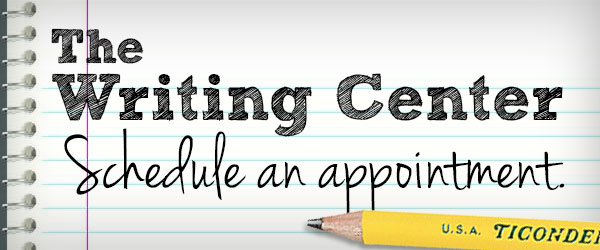This LibGuide connects you with resources to assist with citing your sources. Click on the tabs above to explore style-specific resources.
| Mon-Thu | 7:45 AM - 10 PM |
| Friday | 7:45 AM - 5 PM |
| Saturday | Closed |
| Sunday | 4 PM - 10 PM |
| Mon-Fri | 8 AM - 5 PM |
| Mon-Fri | 8 AM - 5 PM |

The Writing Center is located in the Achievement Center on the 2nd floor of the Allen Family Student Center. You can contact us at 903-233-4470 or achievementcenter@letu.edu.
Academic organizations and some disciplines outline their own styles of how to cite sources and format research papers. You may have heard of or used some of the styles before.
Consult these print and online style guides for examples of citing sources in the text of your paper and in a bibliography or reference list. See also information about citation software supported by LETU Library.
MLA: Modern Language Association [Humanities]
APA: American Psychological Association [Social Sciences]
CMS: Chicago Manual of Style [Theology and Various Subjects]
ACS: American Chemical Society
IEEE: Institute of Electronics & Electrical Engineers
"The purpose of a research paper is to synthesize previous research and scholarship with your ideas on the subject. Therefore, you should feel free to use other persons' words, facts, and thoughts in your research paper, but the material you borrow must not be presented as if it were your own creation."
MLA Handbook for Writers of Research Papers. 7th Edition. New York: MLA. 55. Print.
It's important to cite sources you used in your research for several reasons:
Citing a source means that you show, within the body of your text, that you took words, ideas, figures, images, etc. from another place.
Citations are a short way to uniquely identify a published work (e.g. book, article, chapter, web site). They are found in bibliographies and reference lists and are also collected in article and book databases.
Citations consist of standard elements, and contain all the information necessary to identify and track down publications, including:
Citations may look different, depending on what is being cited and which style was used to create them. Choose an appropriate style guide for your needs. Here is an example of an article citation using four different citation styles. Notice the common elements as mentioned above:
Author - R. Langer
Article Title - New Methods of Drug Delivery
Source Title - Science
Volume and issue - Vol 249, issue 4976
Publication Date - 1990
Page numbers - 1527-1533
American Chemical Society (ACS) style:
Langer, R. New Methods of Drug Delivery. Science 1990, 249, 1527-1533.
IEEE Style:
R. Langer, "New Methods of Drug Delivery," Science, vol. 249, pp. 1527-1533, SEP 28, 1990.
American Psychological Association (APA) style:
Langer, R. (1990). New methods of drug delivery. Science,249(4976), 1527-1533.
Modern Language Association (MLA) style:
Langer, R. "New Methods of Drug Delivery." Science 249.4976(1990): 1527-33.

"Which option you should choose depends on how much of a source you are using, how you are using it, and what kind of paper you are writing, since different fields use sources in different ways." Grounds for Argument. When to Quote, Paraphrase, or Summarize a Source. Used under CC BY NC SA
Many different tools exist to assist you in the process of creating a citation entry. Many credible websites and library databases include citation generators for each source. Examples include the following:
There are advantages and challenges to working with these tools.
Common mistakes include:
The biggest mistake is in completely trusting a citation generator to make no errors. Make sure you closely review all citations created in this way. You'll also still want to refer to your citation style guide to learn how to format your works cited/reference page.

